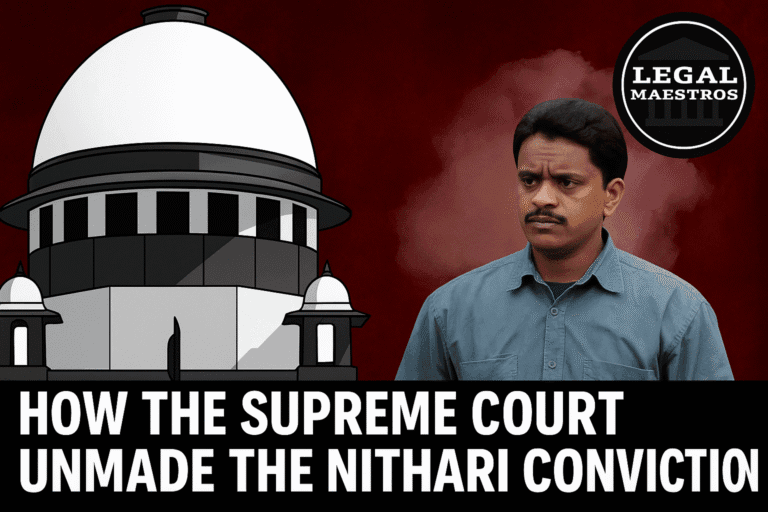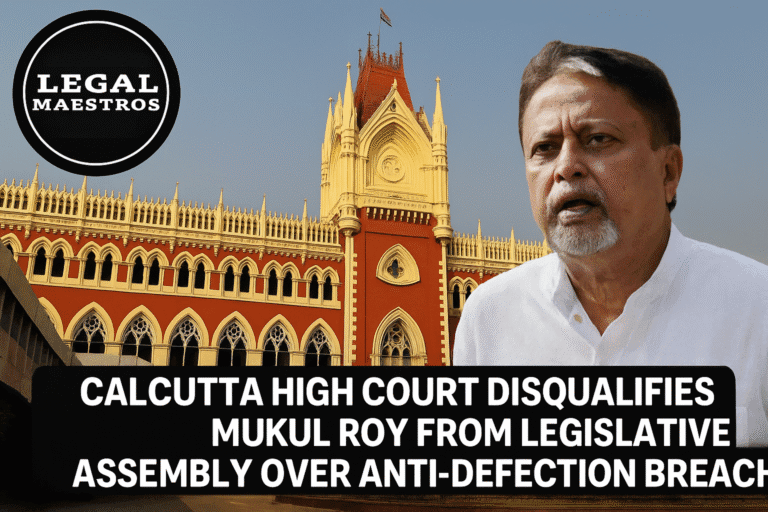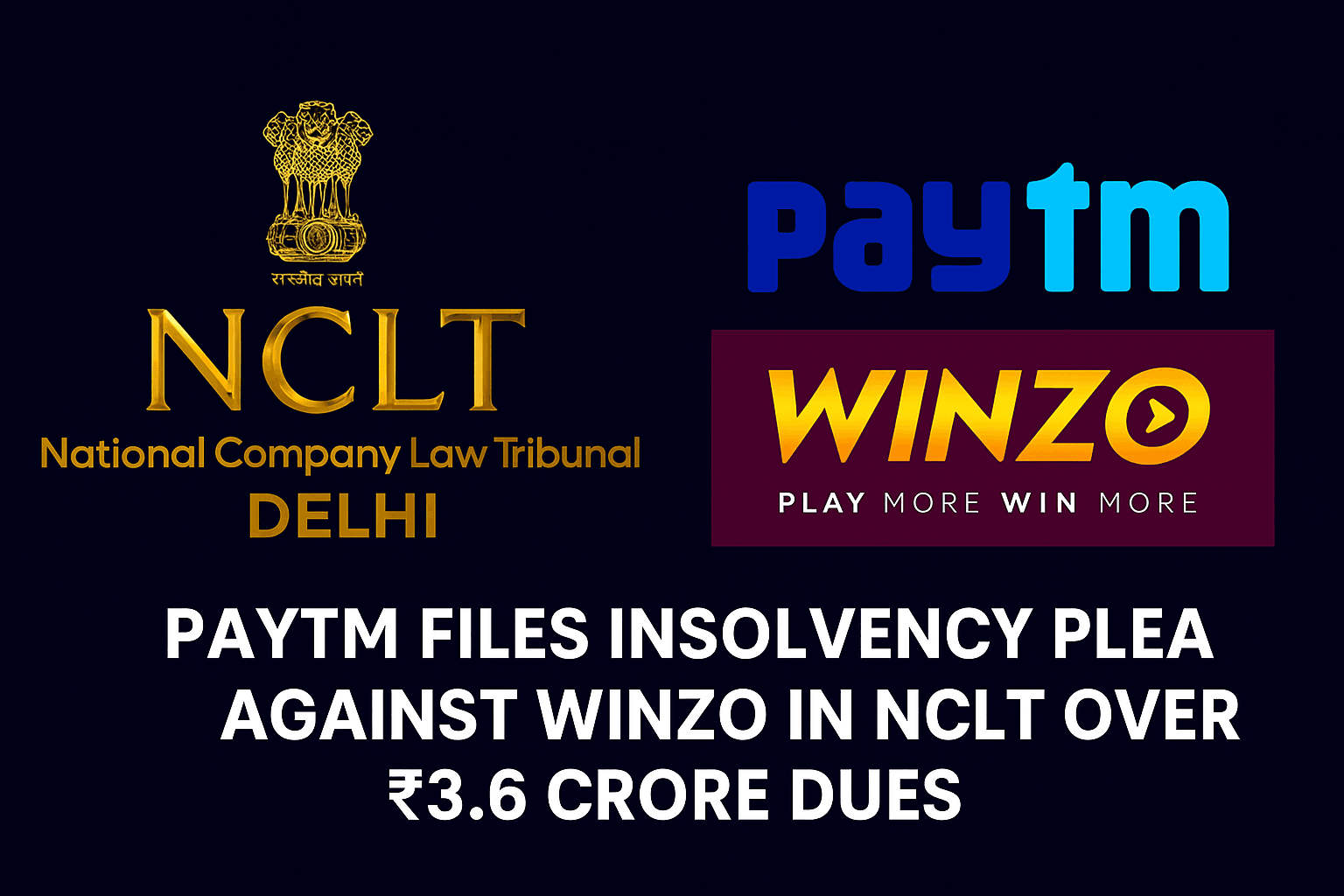
Supreme Court Bench of Justices Sudhanshu Dhulia and K. Vinod Chandran Clarifies Liability in Accidents Involving Hazardous Goods Vehicles Without Proper Endorsement
Intro
The Supreme Court of India rendered a major decision in *M/s Chatha Service Station vs. Lalmati Devi & Others*, therefore addressing the legal consequences of operating a vehicle transporting hazardous commodities without the appropriate license endorsement on April 8, 2025. The case started with a motor vehicle accident involving an oil tanker that claimed two pedestrians—a cyclist and a walker—their lives. Although the car was insured, the insurance company was told to reimburse the victims’ families from the owner of the tank then reclaim it since the driver violated statutory criteria. The Court maintained this position, stressing the need of following safety rules notably in cases involving dangerous products.
Facts of the Case
The lawsuit dealt with an M/s Chatha Service Station owned oil tanker engaged in a deadly traffic accident. Two people died: a bicyclist and a pedestrian the vehicle hit. An FIR was registered against the motorist; an eye-witness verified that his reckless and careless driving caused the accident. The Motor Accidents Claims Tribunal ruled the driver guilty of negligence and awarded damages to the relatives of the victims. The Tribunal instructed the insurance company to reimburse the vehicle owner and driver the compensation paid to the claimants.
The insurance firm pointed out that the driver lacked the necessary endorsement on his license, which is needed for operating vehicles carrying hazardous and dangerous products. Including the directive to pay and recover, the Punjab and Haryana High Court maintained the Tribunal’s ruling. Arguing that the lack of the endorsement was a trivial matter and that the accident had nothing to do with the hazardous character of the commodities being transported, the owner of the tank contested the High Court’s decision in the Supreme Court.
For any queries or to publish an article or post or advertisement on our platform, do call at +91 6377460764 or email us at contact@legalmaestros.com.
Legal Requirements Involved
The Supreme Court examined many clauses of the Motor Vehicles Act, 1988, and the Central Motor Vehicles Rules, 1989, to decide whether the insurance company was properly entitled to get the reimbursement from the vehicle owner.
Particularly for transportation vehicles carrying hazardous commodities, Section 14 of the Motor Vehicles Act controls the validity of driving licenses. The law mandates such drivers to go through particular training and get an endorsement verifying effective completion of the course.
The Act’s Section 11 describes how new vehicle types’ endorsements are added to a driving license. While sub-section (2) says that the application for such an addition must meet the criteria provided out in the rules, sub-section (1) lets additions to an existing license possible.
For any queries or to publish an article or post or advertisement on our platform, do call at +91 6377460764 or email us at contact@legalmaestros.com.
The Central Motor Vehicles Rules’ Rule 9 lays forth the required instruction for drivers running vehicles transporting hazardous goods. This covers a thorough course covering defensive driving, emergency procedures, and handling of hazardous materials with sections on Significantly, Rule 9 also calls for a formal endorsement of the driver’s license after training completion.
Fundamental Legal Issue
Whether the lack of an endorsement under Rule 9 constituted a sufficient enough breach to free the insurance company of its duty or justify the pay-and-recover decision was the main question the Court had to decide upon. The appellant claimed that the lack of endorsement was a technical error and that careless driving caused the collision rather than the dangerous products. They argued that the insurance company should take whole responsibility as the items did not directly cause the accident.
reasoning of the Supreme Court
The Court started by affirming that the Motor Vehicles Act and Rules’ legislative requirements are not only formality. Rule 9 specifies a thorough training course including advanced driving techniques and emergency response instruction for drivers of hazardous goods vehicles. The Court underlined how greatly the driver’s capacity to operate the vehicle safely might be affected by the lack of such training.
For any queries or to publish an article or post or advertisement on our platform, do call at +91 6377460764 or email us at contact@legalmaestros.com.
It refuted the claim that the hack was “venial,” or trivial. Under Rule 9, the syllabus covers courses on general safe driving practices, especially for vehicles meant to carry hazardous substances, not just how to handle dangerous commodities in case of spills or fire. Consequently, the endorsement is about operating such specialized vehicles safely as much as about handling the cargo.
During his evidence, the driver acknowledged not possessing the endorsement and further verified the tank was containing oil at the time of the collision. This refuted the assertion the car was empty. Furthermore contradicting the driver’s claim that he swerved the car to evade pedestrians was the charge sheet and eyewitness evidence, which firmly attributed the collision on careless driving.
For More Updates & Regular Notes Join Our Whats App Group (https://chat.whatsapp.com/DkucckgAEJbCtXwXr2yIt0) and Telegram Group ( https://t.me/legalmaestroeducators )
For any queries or to publish an article or post or advertisement on our platform, do call at +91 6377460764 or email us at contact@legalmaestros.com.
The Supreme Court also examined efforts by the car owner to present an appeal level training certificate. The certificate asserted that years before the driver had completed the necessary training years. But the certificate lacked an institutional seal and a serial number, which cast questions on its authenticity. Furthermore, no justification was provided for the absence of it during the initial Tribunal hearings. The Court consequently decided that the High Court had properly denied to accept the certificate under Order 41 Rule 27 of the Civil Procedure Code, which just permits fresh evidence in appeal under particular conditions.
Comparison with Previous Choices
The Court also examined earlier rulings from several High Courts, including those in *United India Insurance Co. Ltd. v. A. Verlaxmi*, *National Insurance Co. Ltd. v. K. Ramasamy*, which held that absence of an endorsement was not a fundamental breach unless it directly caused the accident. The Supreme Court rejected these opinions, nonetheless, pointing out that they did not take Rule 9’s whole breadth and safety-related goals into account. It also underlined the Supreme Court’s own ruling in *Swaran Singh v. National Insurance Co.* that, should the type of license possessed not match the vehicle type driven at the time of the accident, the insurer may evade responsibility unless the breach did not lead to the accident.
In this instance, the accident was found to be directly attributable to the unqualified status of the driver and inadequate training. The Court maintained the pay-and-recover system and concluded there was no rationale to release the car owner of liability.
For any queries or to publish an article or post or advertisement on our platform, do call at +91 6377460764 or email us at contact@legalmaestros.com.
The decision of the Supreme Court makes clear the need of following safety and licencing rules for the transportation of dangerous products. The Court made it abundantly evident that unless directed to pay and reclaim, insurance companies are not liable to reimburse when the vehicle is driven in breach of statutory restrictions. In this instance, the Court maintained the directive the insurance company must pay the compensation upfront but was entitled to recoup the sum from the car owner since the victims were innocent third parties.





![Research Assistantship @ Sahibnoor Singh Sindhu, [Remote; Stipend of Rs. 7.5k; Dec 2025 & Jan 2026]: Apply by Nov 14, 2025!](https://legalmaestros.com/wp-content/uploads/2025/11/Gemini_Generated_Image_s0k4u6s0k4u6s0k4-768x707.png)
![Karanjawala & Co Hiring Freshers for Legal Counsel [Immediate Joining; Full Time Position in Delhi]: Apply Now!](https://legalmaestros.com/wp-content/uploads/2025/11/Gemini_Generated_Image_52f8mg52f8mg52f8-768x711.png)